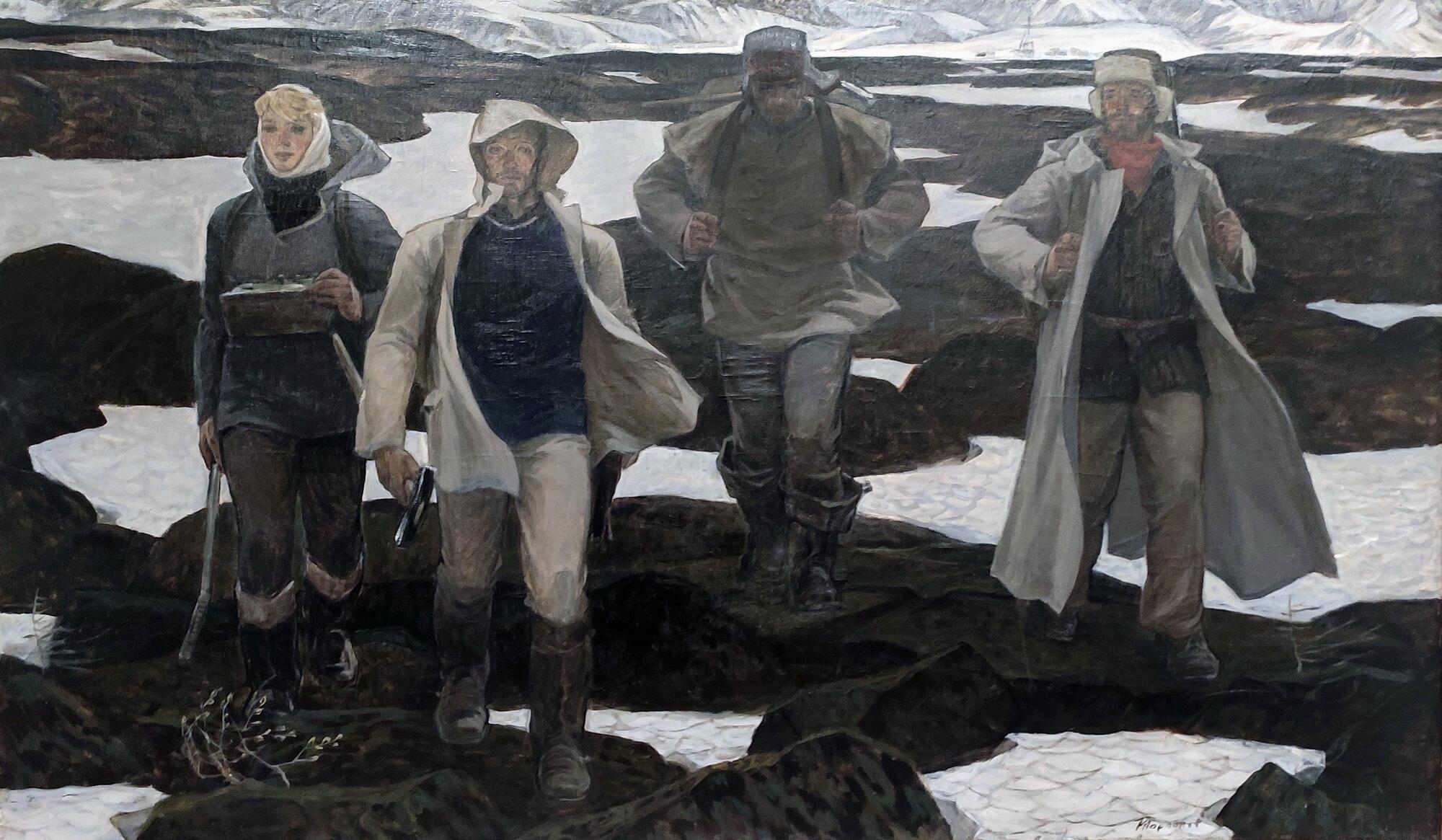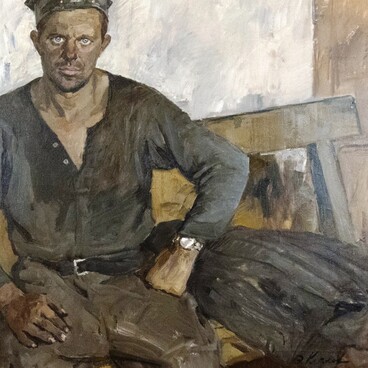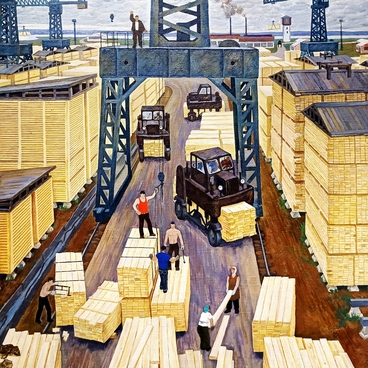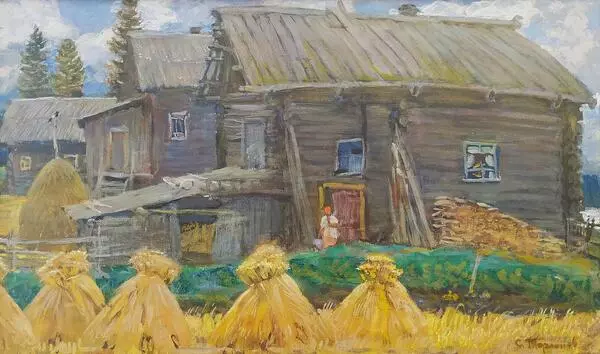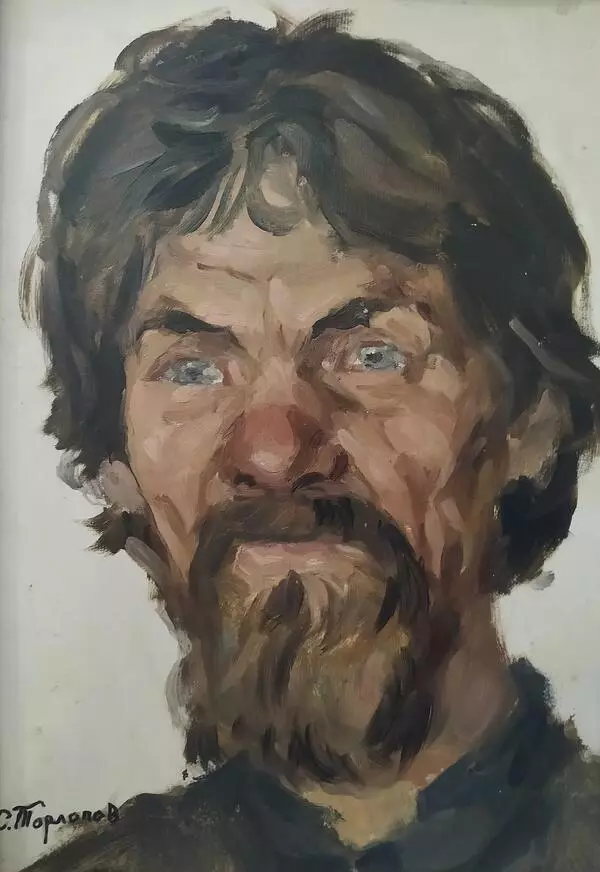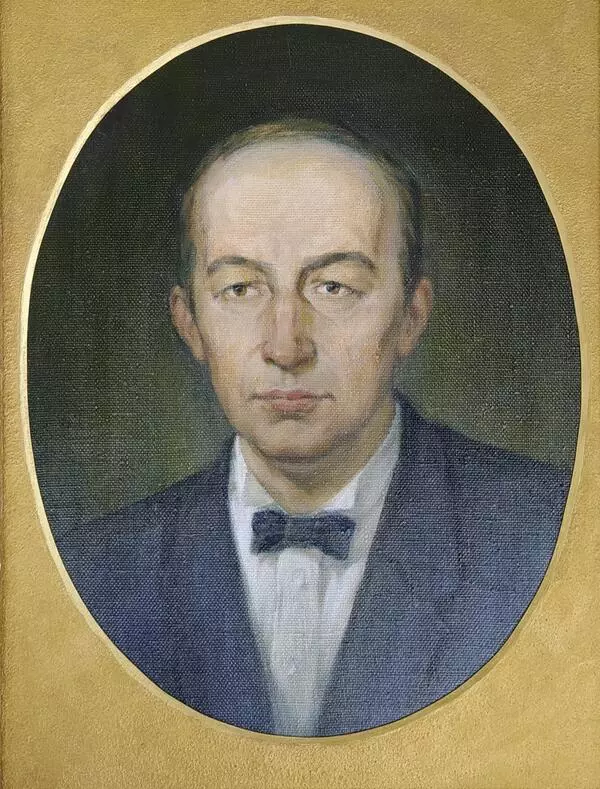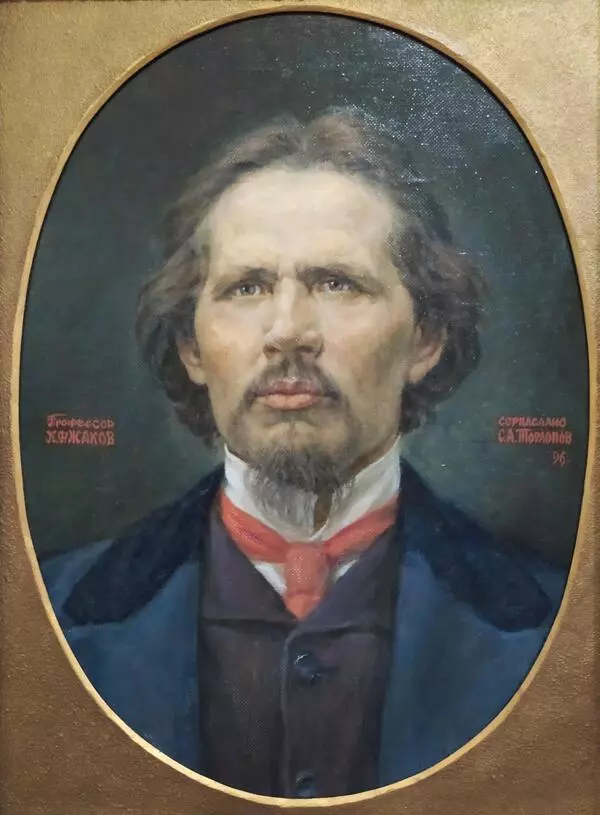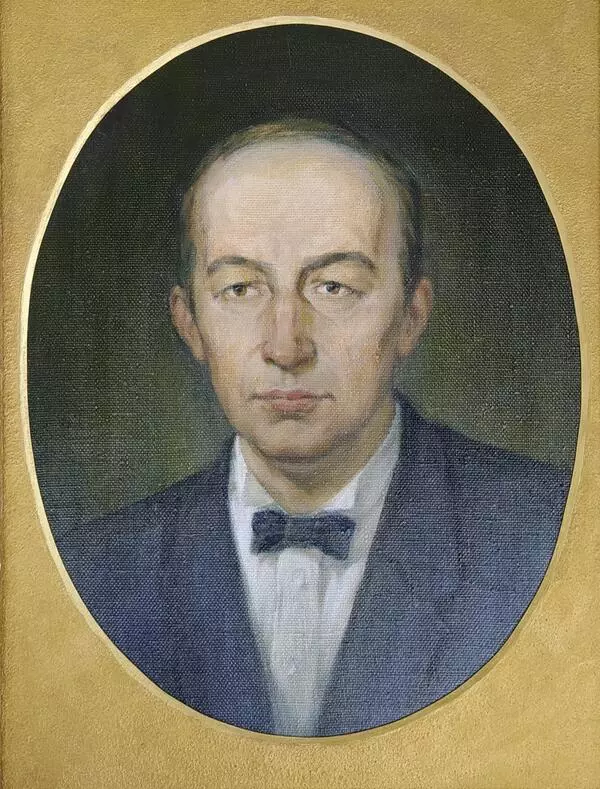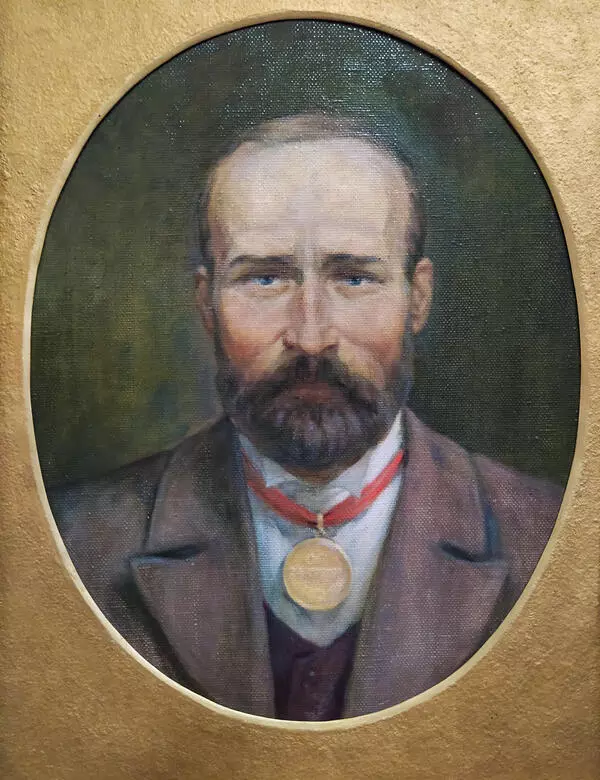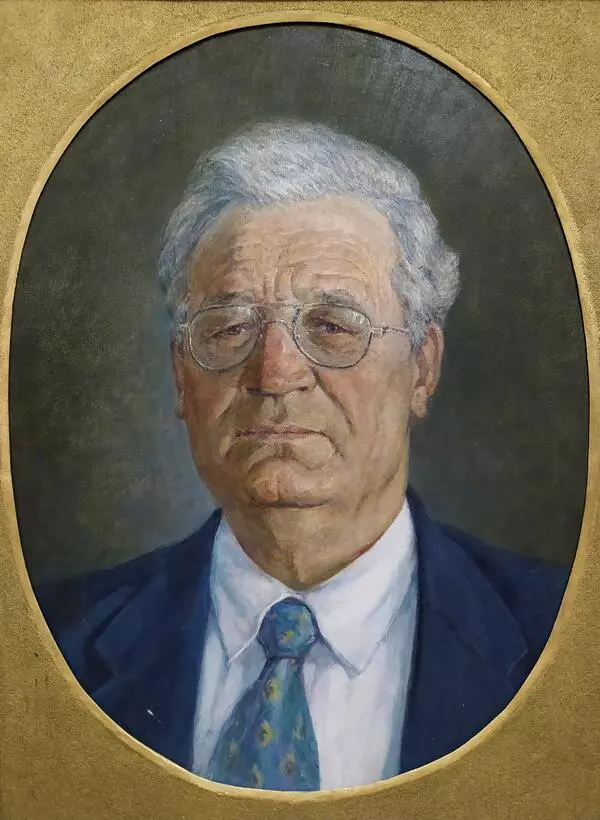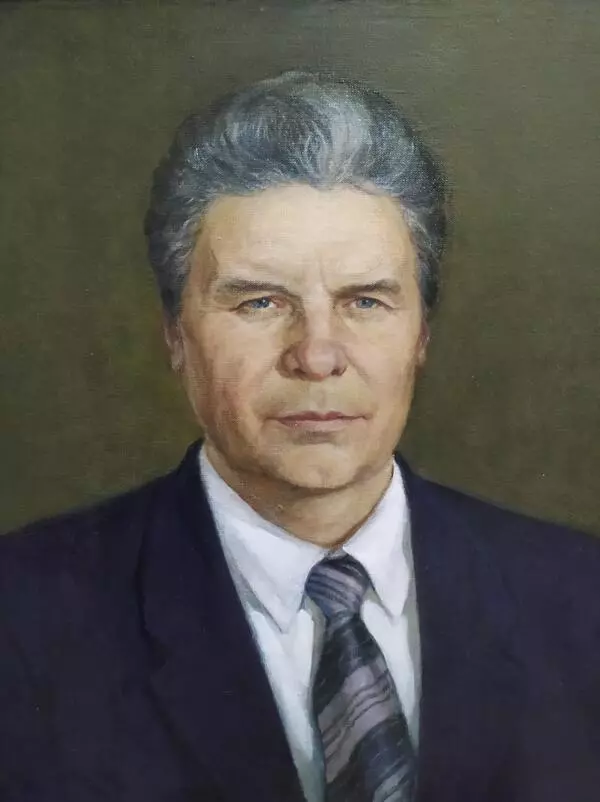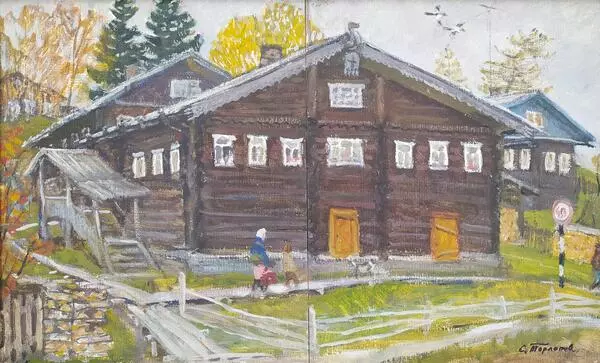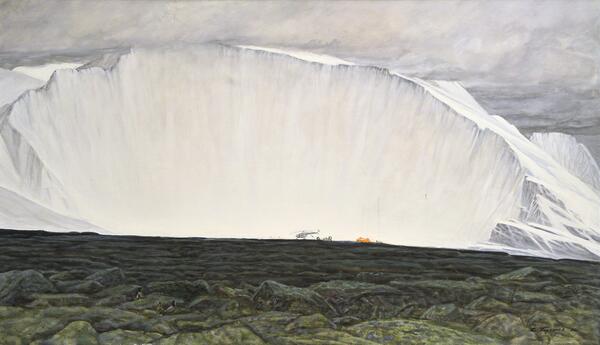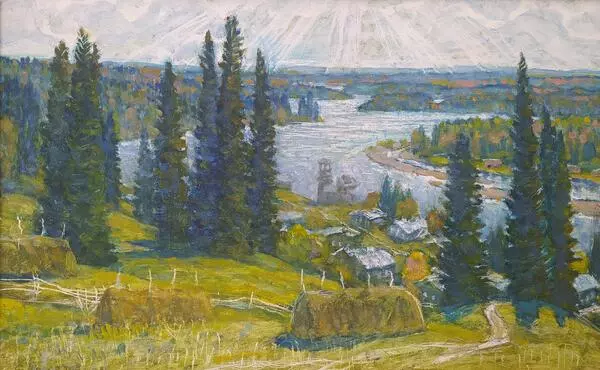The austere style is an artistic movement that appeared in Soviet painting in the late 1950s and early 1960s when the Khrushchev Thaw began after Stalin’s death. Artists focused on showing the strength of man harnessing nature and the difficulties of this struggle. The characters of the new movement included courageous geologists, construction workers, oil rig workers, and miners.
Stanislav Torlopov glorified the geologist as a new Soviet hero. From a young age, the future artist was captivated by the romantic air of this profession and envied the children of geologists whose parents took them on trips to the mountains and forests. Later, the artist got to take part in expeditions which helped him create true-to-life images and fill them with metaphors. Torlopov used to say about geologists,The Seekers
They are people of great character — at the risk of sounding grandiose, I will even say that they are the kind of people I would follow blindfolded.
During his first expedition, Stanislav Torlopov was a seasonal worker. The group was headed by Mark Fishman, an Academician and the Director of the Institute of Geology. Later, Torlopov was transferred to the Vorkuta geological exploration department where he served as a housekeeping manager. His paintings inspired by geological expeditions became classics of Komi fine arts. A significant part of his creative legacy is dedicated to the Russian North with its mountains, snow, ice, and brave people.
“The Seekers” is one of the artist’s theme-based paintings. The geologists seem to be walking from the depths of the painting directly toward the viewer. The painting is characterized by a muted dark color palette, monumentalism, and linear character. The people walking in the foothills of the Polar Urals are painted in the same manner as the stones surrounding them, as though they are made of the same material.
Stanislav Torlopov described geological expeditions in his interview for the Respublika newspaper on March 13, 2014,The geologists would have dinner and play cards before going to bed, while I, having washed all the cups, spoons, and pots, would start painting — even though I had to get up at 4 a.m. to collect firewood and cook porridge. The geologists got up at 6 a.m. I was well-built, trained with a ski club and walked a lot, had strong legs, and rarely felt sleepy. Moreover, painting always gave me a second wind.
There is a certain kinship between our professions
— it is the search. Geologists often find what they seek with the help of
outcrops — rock formations visible on the surface. Sometimes, however, the
thing sought for remains hidden for a long time, until it is eventually
revealed just once. Logic, analysis, experience, and chance are among the
factors that determine success. It is the same with artists — the truth we are
seeking cannot be revealed until we find its essence under the husk of life.
